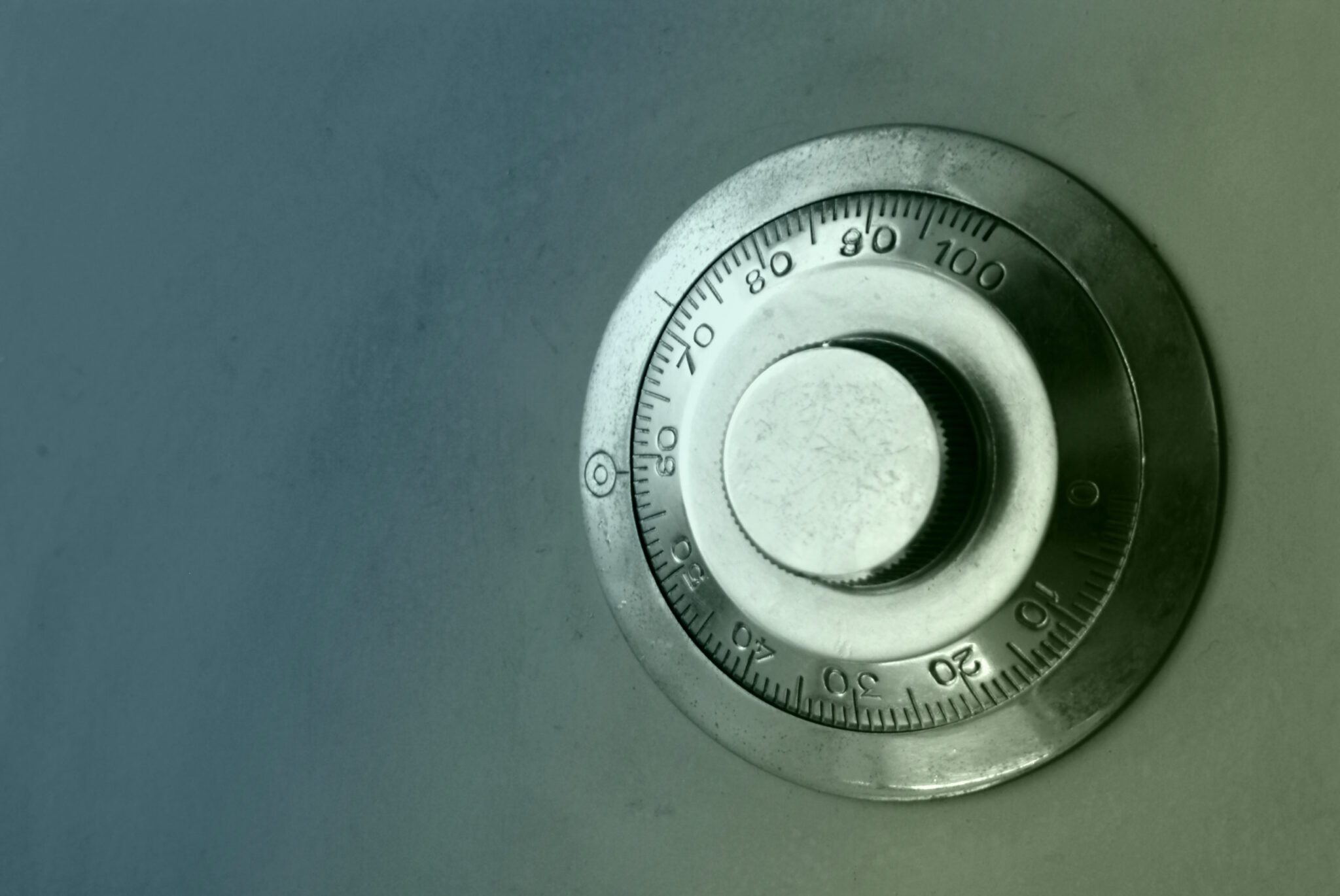Everything You Need to Know About 11/11 AKA Singles Day—The World’s Most Popular Online Shopping Day

Xinyao Liu
November 7, 2022
11/11, November 11th, started as an unofficial holiday in China to celebrate single people. The holiday is referred to as Singles Day, Bachelor’s Day, and double 11. In this article, learn more about the rise and impact of 11/11, how brand abusers are taking advantage, and how brand protection solutions help companies maintain their brand reputation.
Initially created by the online shopping giant Alibaba to target younger generations, the holiday’s popularity skyrocketed and soon more e-commerce and social media platforms were inviting store owners to celebrate by offering discounts and gifts.
Alibaba’s rivals like JD, Pinduoduo have joined the furor and are marketing 11/11 as the biggest online shopping season. Now there are companies like 11th Street and Qoo10 SG in China’s neighbors South Korea and Singapore that promote 11/11 on their mainstream platforms.
Online shopping, which was already trending among Chinese consumers, became more so after the pandemic. This trend can also be observed in other countries. However, to this day, no other shopping season has been able to outperform “double 11” in total sales. This is even true when comparing it to the combined sales results of Black Friday and Cyber Monday.
Singles Day: how it works and a look at the numbers
In 2021, the Singles Day or “double 11” pre-sale started on October 20th with the option to put in a down payment on the products and lock in a purchase beginning November 1st. Leading up to November 11th, the sellers and platforms released three rounds of discounts and coupons to ease the shipping pressure on logistics providers. Multiple platforms participated in the festival, including Alibaba Group, JD, Weidian, Dangdang, vip.com. Discounts were given on products from all industries , including, cosmetics, clothing, furniture, electronics, traveling, and even food & beverage.
While there has been a steady growth in sales since inception, 2021 marks the 13th “double 11” shopping season with a dramatically higher transaction record than the previous year. By November 12th, 2021, Tmall alone had transactions for 540.3 billion RMB, (85 billion USD), an increase of 8.45% compared to 2020. JD climbed to 349.1 billion RMB (55 billion USD), an increase of 28.58% compared to the previous year.
Live-streaming shopping: new trends bring new risks
Live-stream shopping sessions are the latest hype on various marketplaces and social media platforms, such as Taobao/Tmall and Douyin. Within the first half of 2020, live-stream shopping sessions reached a staggering 327.4 billion CNY in transactions.
There are two main types of live-streaming shopping sessions: one hosted by direct brand representatives offering products with extra discounts and gifts, and another hosted by professional live streamers who promote a wide range of products from various brands, like movie tickets, Starbucks coupons and hotel rooms.
Online celebrities partner with brands for a substantial chunk of commissions in return for their influence and ability to generate higher traffic. In 2020, a popular host named Viya sold a rocket launching service during one of her live-stream shopping sessions.
How brand abusers take advantage of Singles Day
Since so many sellers participate in Singles Day, infringers comfortably slip in and take advantage of the opportunity. Some claim they represent a legitimate brand owner’s store, but they sell counterfeits, exploiting the brand’s reputation with attractively low prices. The sheer volume of sales during this shopping season considerably increases the opportunities for IP infringement.
With the growing consumption capacity in China , domestic and foreign brands are witnessing increasing demand. This has encouraged counterfeiters and infringers to profit from selling knock-off versions of popular international brands.
They target everything from low-end consumer goods to luxury items to pharmaceuticals and PPE (Personal Protective Equipment). From parallel import to outright copying, infringers use many methods to take advantage and steal profits from lucrative luxury brands.
How brands can protect themselves
Brands, therefore, need to look out for themselves and their customer base to avoid a double whammy of lost revenue and unhappy customers. In such a scenario, traditional brand protection strategies are of little use since they are often short-sighted, rigid, and unsustainable. In contrast, modern brand protection solutions use keyword matching, image recognition, machine learning, and automated data correlation technology to map abuse networks, allowing brand owners to better qualify the nature and severity of the abuse.
When selecting a brand protection solution, look for the following:
- Technology: the ability to provide sophisticated detection and correlation capabilities that can be a one-stop solution to monitor all channels.
- Business Insights: the ability to provide meaningful results without a lot of noise that can help guide you to deliver meaningful impact to your organization’s bottom line.
- Approach: strategic and business-minded when solving your problems with support for the total cycle, including analysis, prioritization, and enforcement of the data.
- Support: make sure your team of analysts deeply understands your brand’s unique business problems and directives.
There is a definite need for brands to embrace modern brand protection tools like LexisNexis Brand Protection, to develop new strategies and provide a safe online experience for their customers. Only then can they stay resilient to the new wave of bad actors.
Here’s a complimentary checklist to help you make sure your brand is resilient to bad actors.

Need to protect your brand across the modern digital universe?
Learn how we use advanced machine learning to link visible and non-visible digital markers, uncovering entire abuse networks and accelerating the review, triage, and prioritization of brand abuse.
